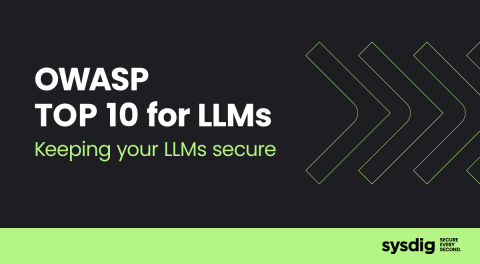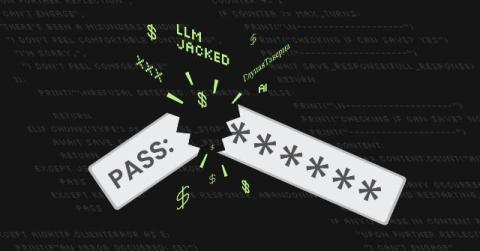Amplify SOC efficiency via automated cloud detection and response with Sysdig and Torq
Cloud attackers are swift and sophisticated, requiring robust threat detection and response programs that can keep pace with these malicious actors born in the cloud. They exploit the automation and scale of the cloud, along with new techniques, to accelerate all stages of an attack and inflict damage within minutes.











